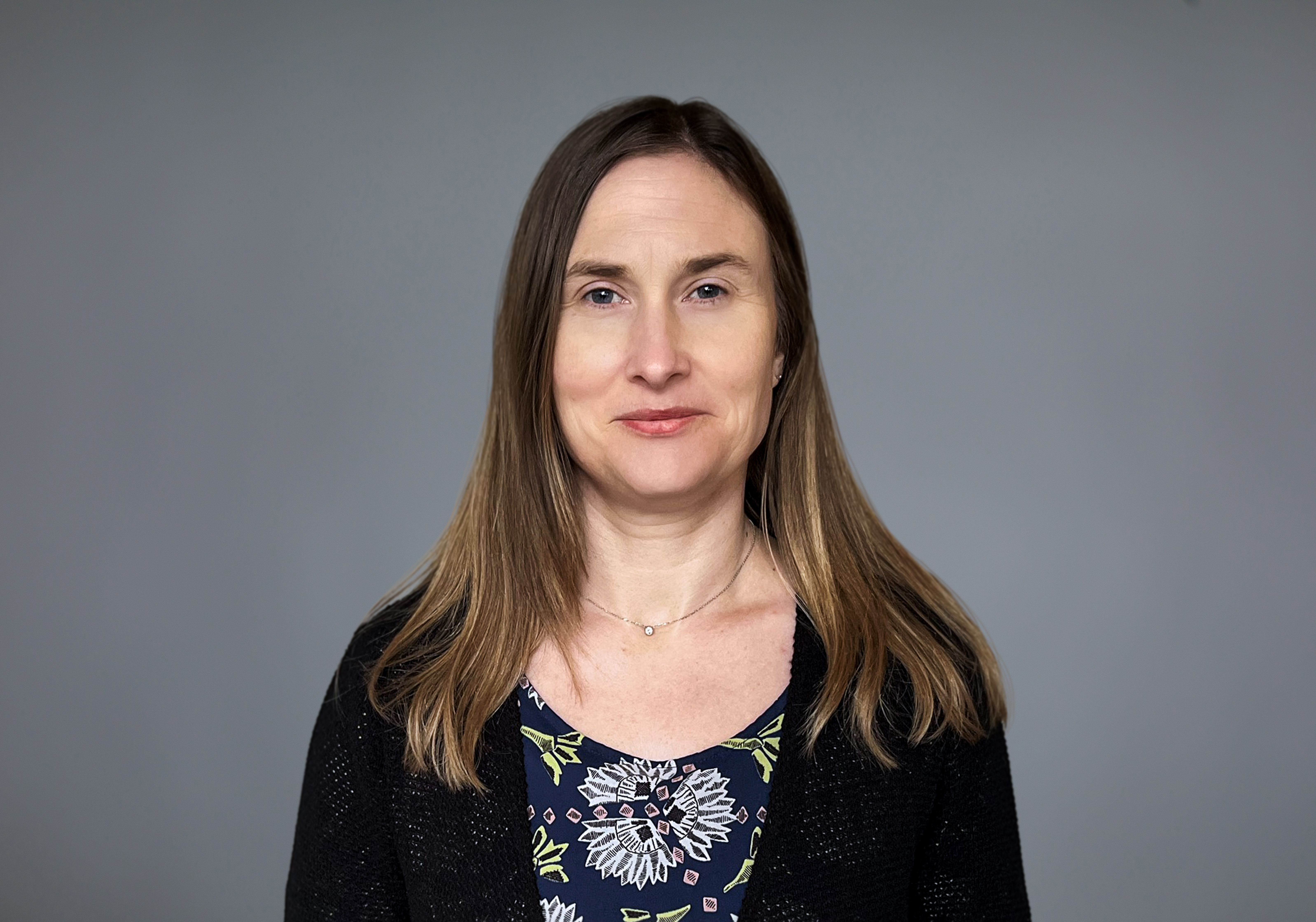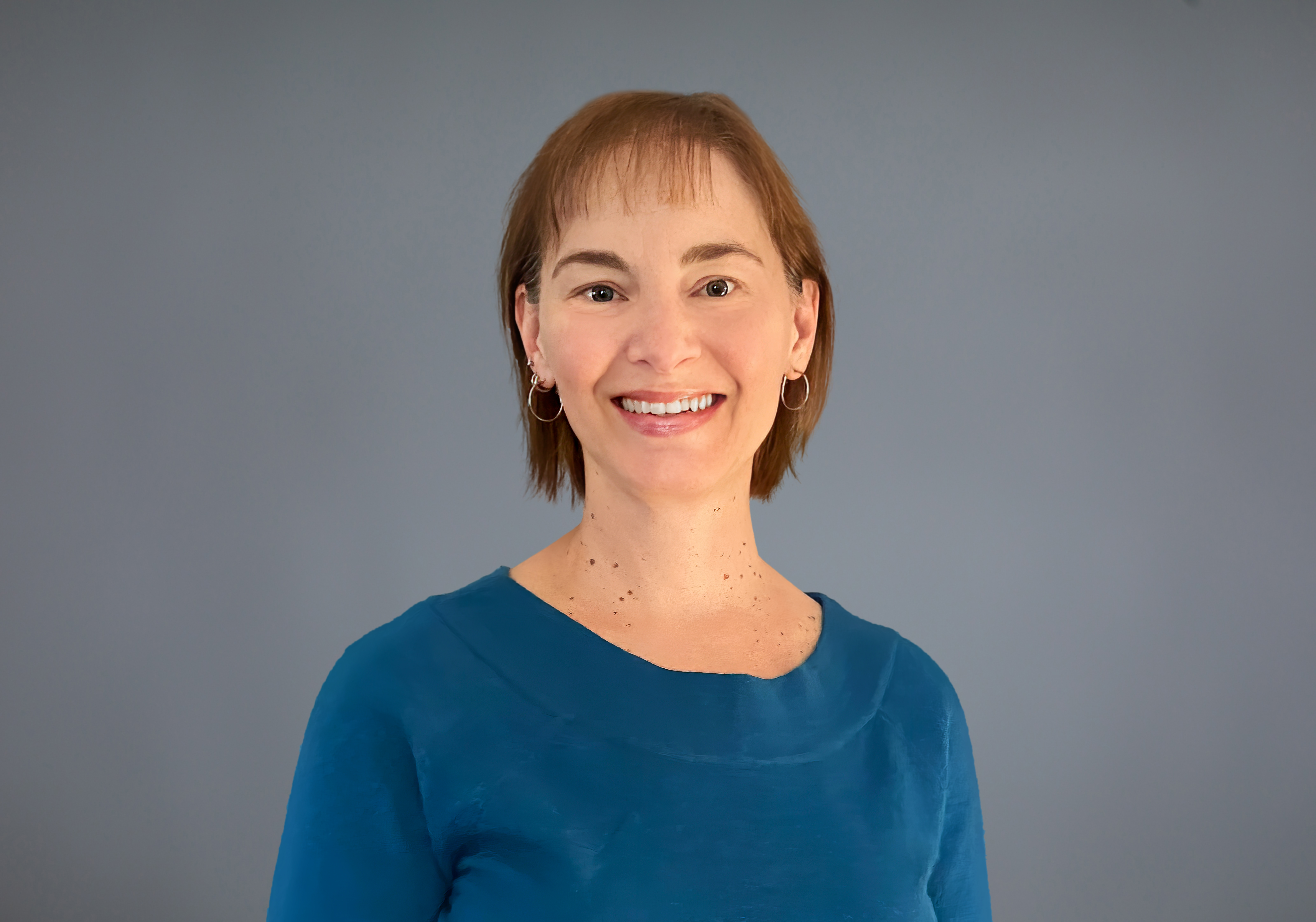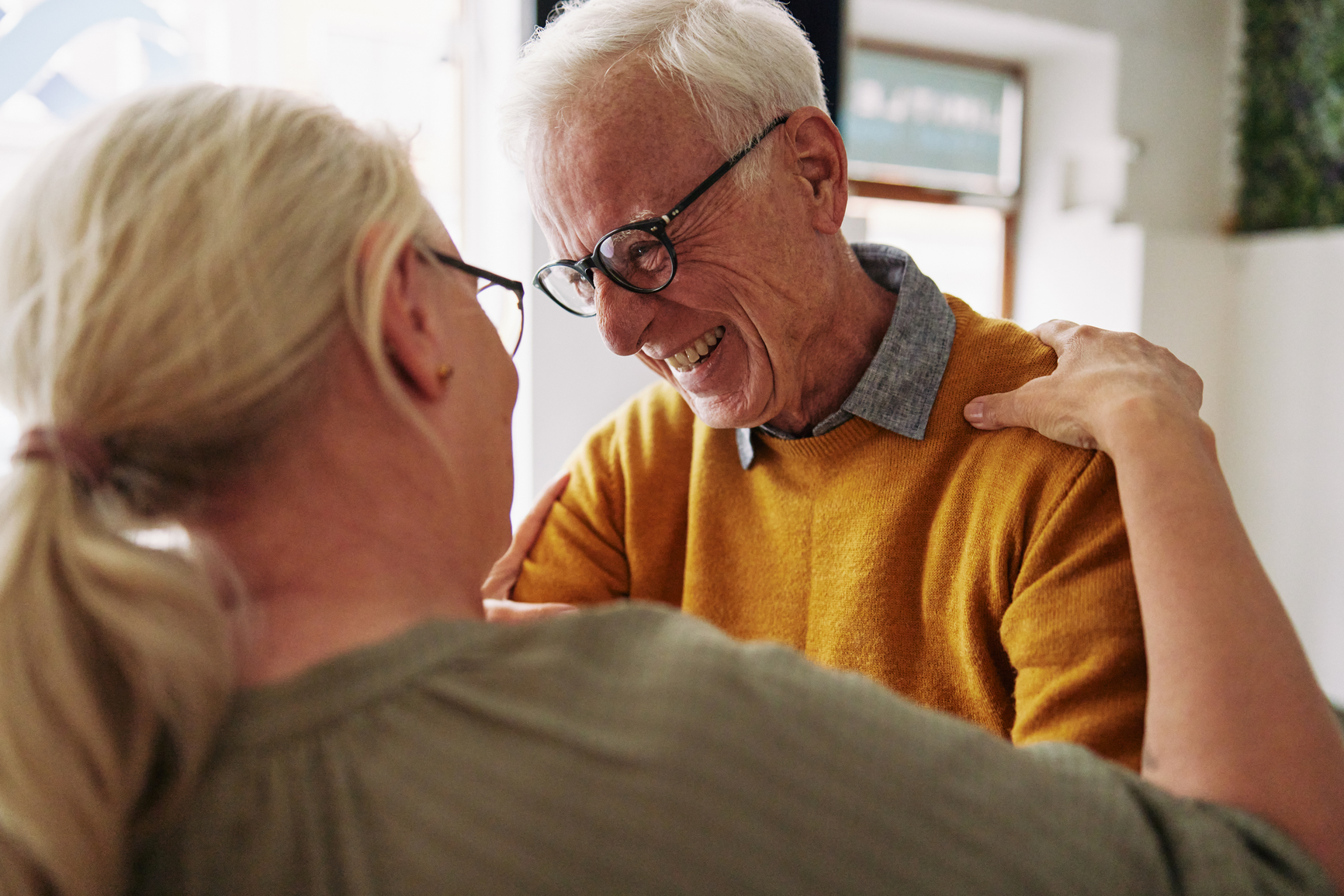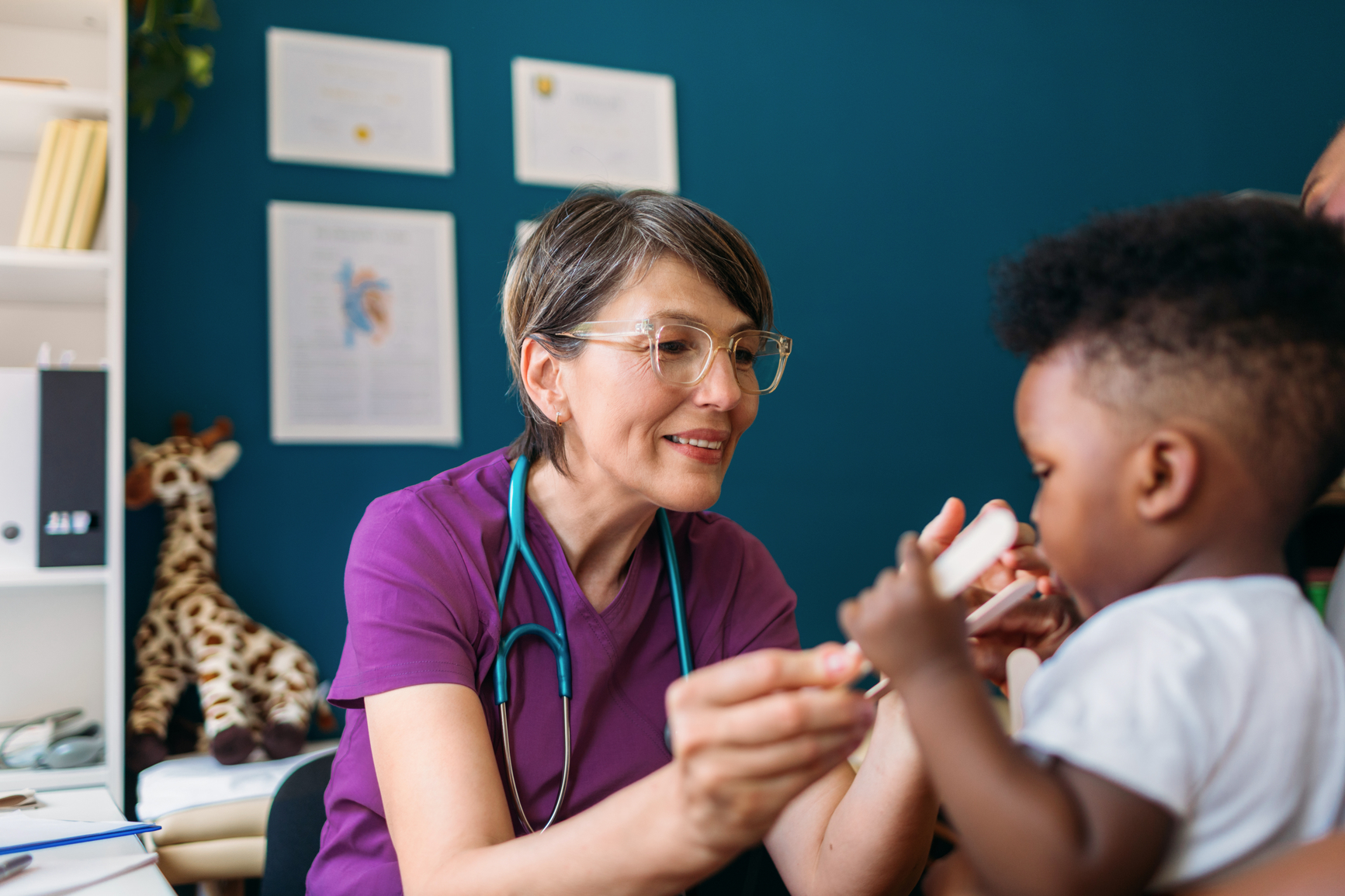National Social Life, Health & Aging Project

Problem
By the mid-2030’s the number of Americans aged 65 and older will top 77 million and the United States will then have more retirement aged adults than children.
It is, therefore, essential to understand the complex mental, cognitive and physical health trajectories of this population. While studies on aging already existed when NSHAP initiated data collection in 2005, few surveys collected data on both health and social relationships. Beyond the need to better understand the impact of social engagement on healthy aging, the role of sexuality had not yet been investigated. Furthermore, biomeasures had not been collected directly in respondents’ homes. There was concern that including these innovative questions and the collection of biomeasures in the home would significantly lower response rates. NSHAP succeeded in innovating data collection, achieving a high response rate, and changing the way researchers conceptualize the interplay and importance of healthy aging, cognition, and social connections. For additional information about NSHAP's early innovations, see the NSHAP Supplemental Issue of The Journals of Gerontology: Series B.
Solution
With support from the National Institute on Aging, NSHAP launched a highly innovative study of older adults’ social lives and health.
Among social measures, NSHAP introduced a unique social network roster, collected detailed information about intimate and sexual relationships, and surveyed other areas of social connection. NSHAP also created a cognitive module through a survey-based adaptation of the MoCA and was one of the first surveys to collect biomeasures by non-medically trained interviewers in respondents’ homes. These measures include physical specimens such as blood spots, vaginal swabs, and saliva. Other groundbreaking measures include olfactory function, accelerometry, a medication log, along with other objective and self-report health measures. NSHAP has also demonstrated that it is possible to collect sensitive data while maintaining a high response rate. In Rounds 1-3, NORC field interviewers visited respondents’ homes to collect data in person. In Round 4, our new approach included both in-home interviews and remote interviews (web survey, phone interviews, paper-and-pencil questionnaires) with self-collected biomeasures. For additional detail on the NSHAP study click here, and for additional NSHAP resources and links, including links to the NSHAP datasets, collection instruments, and supplemental issues and more, see the Data & Findings section below.
Result
There are three rounds of NSHAP data publicly available to researchers through the National Archive of Computerized Data on Aging (NACDA), with a fourth round underway and a fifth in the planning stage.
Analyses of NSHAP data have resulted in groundbreaking findings about older adults’ lives and health. NSHAP researchers have published hundreds of peer reviewed articles and book chapters and presented on topics spanning: social relationships and contexts; cognition, physical and mental health; and a wide range of biomeasures. NSHAP is well known for findings related to the predictive power of olfactory function, in depth analyses of older adults’ social networks and intimate relationships (including matched dyads) with data beginning in 2010. NSHAP findings inform clinical practice and demonstrate the fundamental importance that social relationships and contexts play in health trajectories and outcomes as people age, changing the way scholars of health and aging think about these issues. Please scroll down to the Selected Published Research section below to review and search published findings based on analyses of the NSHAP datasets.
Learn More About the Study
For information about NSHAP findings, please see the Selected Published Research section below.
For other questions about the NSHAP study, please contact Jen Hanis-Martin at hanis-jen1@norc.org.
If you have questions about using NSHAP data, please contact:
Are You a Study Participant?
Has NORC contacted you to respond to the National Social Life, Health, and Aging Project survey? Call toll-free:
NSHAP Fellows
2018-2020
Ning Hsieh, Michigan State University
James Iveniuk, NORC at the University of Chicago
Ashwin Kotwal, University of California
Jaclyn S. Wong, University of South Carolina
Erin York Cornwell, Cornell University
2020-2022
Alyssa Goldman, Boston College
Haena Lee, Sungkyunkwan University
Eloesa McSorley, Department of Publich Health Sciences, City of Chicago
Alicia R. Riley, University of California, Santa Cruz
Shannon Shen (2021 - 2023), Hope College
Laura Upenieks, Baylor University
Leah Witt, M.D., University of California, San Francisco
Related Tags
Resources
Questionnaires & Instruments
Data & Resources
Selected Published Research
Project Leads
-
Linda Waite
Senior Fellow & DirectorPrincipal Investigator -
Katie O’Doherty
Principal Research DirectorProject Director -
Anna Wiencrot
Senior Research DirectorAssociate Project Director -
Melissa Howe
Senior Research ScientistAnalytic Project Director -
Jennifer Hanis-Martin
Senior Research DirectorCommunications & Data Management Director -
Colm O’Muircheartaigh
Senior FellowCo-Investigator -
Kathleen Cagney
Senior FellowCo-Investigator -
Diane S. Lauderdale
TrusteeCo-Investigator -
Edward O. Laumann
Trustee EmeritusCo-Investigator -
Stephen Smith
Senior Vice PresidentSenior Staff



















